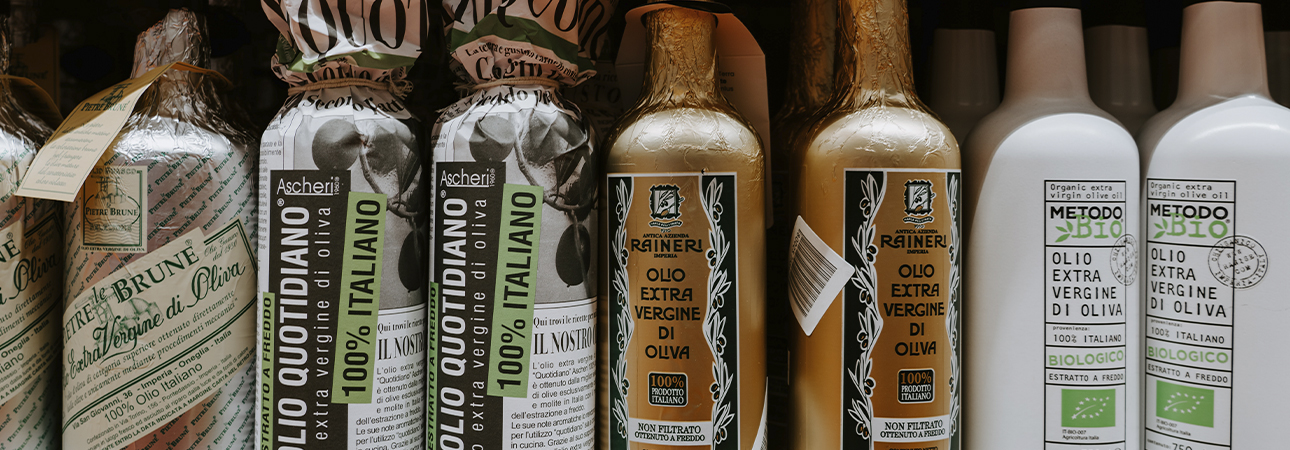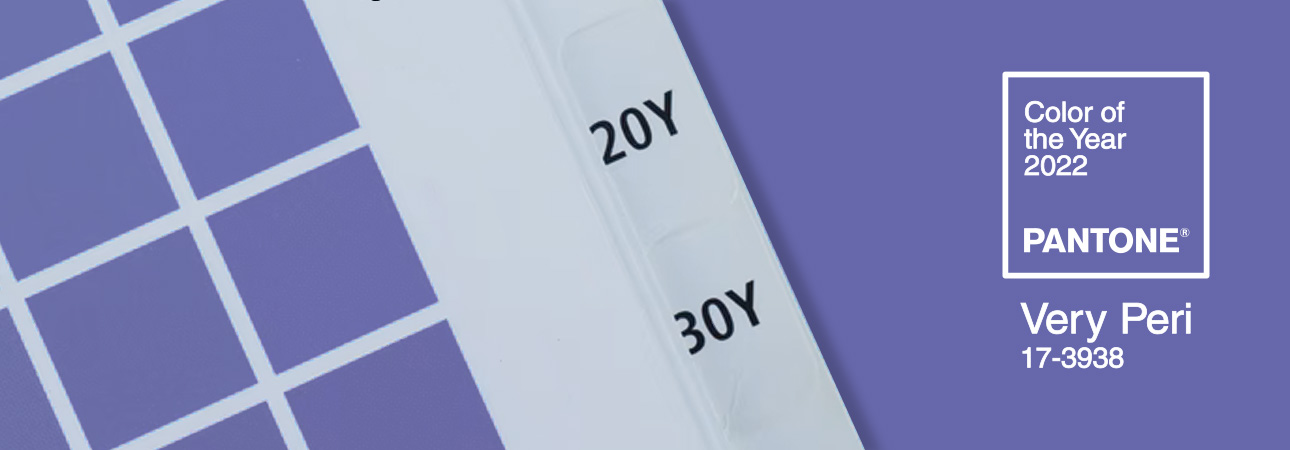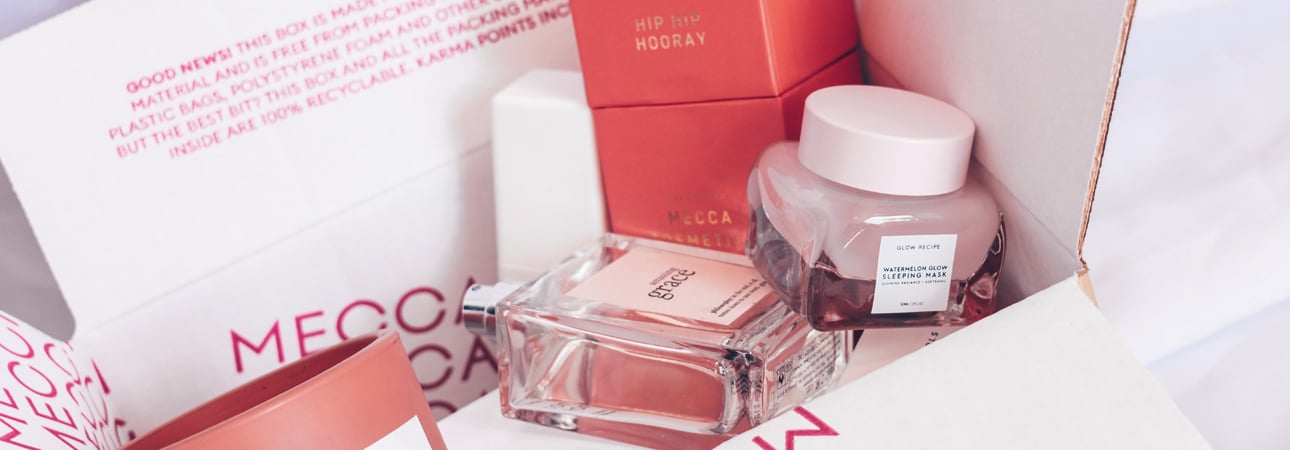Did you like the article? Share it!
How to give the right price to your products

Are you trying to calculate how much your product will sell for? Whether you are a food producer, craft beer maker, perfumes, candles or wine business, you will not sell a single product if the chosen price is not perceived as valid by customers and sustainable over time by your business! There are many variables and their costs must all be calculated. Today let's see together how to choose the right price for your products so that they sell and bring margin to your business.
Generally the costs of a company are divided into fixed costs and variable costs.
By fixed costs we mean everything that generates a cost to be recharged on our product regardless of the volume of orders we have, such as rent, labor costs, accountants etc. are part of this category.
By variable costs, on the other hand, we mean all those costs that you will have to load on the price of your product that depend on its actual production, therefore the materials, packaging, transport and advertising.
Let's see all these elements in detail!
Fixed costs
- Cost of rent: whether your business is in a shop or in a warehouse, you will have to pay a fixed monthly or annual cost that will have to go into the general expenses of the product you are going to sell. I recommend calculating a rental cost even if the property is owned by you, as if you need to expand in the future, you will have covered the necessary costs without having to increase the prices to your customers from one year to the next.
- Cost of personnel and labor: the professionals who will work in your company will have a fixed monthly / annual cost that you will have to calculate. Remember to consider all the costs that the employee will pay on the company and to keep a margin for increase in case it is necessary to provide him with an increase.
- Depreciation: These are the costs of software and machinery with a high added value that you will generally have to pay in installments over several years (even 3 or 5 years). From the management software to the € 50,000 machinery to the new tank, everything you want to amortize over the years will have to be included in this item.
So how do we count the fixed costs?
The preferable method is to spread these costs into an hourly cost divided into the individual activities that the company carries out.
For example, let's say you have a machine to fill your product, which requires 1 operator:
- Machinery: € 100,000 (spent over 5 years) therefore € 20,000 per year
- Employee: € 25,000 per year
Your work shift is 8 hours a day, 5 days a week, 11 months a year.
However, we calculate that the machine will not always be active and in production but will have machine downtime due to start-ups and failures, therefore we only calculate 7 hours a day.
7 hours x 5 days x 4 weeks x 11 months = 1540 productive hours per year
To this, however, we must also add overheads (the secretary who does not work on a machine but still generates a cost, rent, etc.). These are our "overheads" and will have to be divided according to our cost centers, let's pretend we have 3 machines (the one we took as an example to fill the product, one to label it and one to palletize it). We will therefore divide the annual cost of these elements by the number of machines if they are used homogeneously.
- Rent: € 10,000 per year
- Account: € 25,000 per year
Overheads = (€ 10,000 per year + € 25,000 per year) / 3 machines = € 18,334
Therefore, the use of our machinery will cost the company (€ 20,000 per year depreciation of machinery + € 25,000 employee cost assigned to the machinery + € 18,334 overheads) / 1540 production hours per year = € 41.12
If this machine can fill, say, 500 bottles per hour, it will mean that the cost of our single product will increase by € 0.083.
Variable costs
At this point we know our hourly production costs, we are interested in calculating how much the variable elements cost us, or the variable costs, which make up the price of our product.
- Cost of materials
- Cost of packaging
- Cost of advertising
Here we enter a separate chapter that requires to be explained in detail, but know that the basis of the calculation of an effective advertising campaign is the calculation of ROI, or the Return of Investment.
You need to determine the cost you want to spend in acquiring a customer (and keeping it), knowing if our product will allow you to create lasting purchase links by the consumer.
You need to determine the cost you want to spend in acquiring a customer (and keeping it), knowing if our product will allow you to create lasting purchase links by the consumer.
This is a difficult process to do completely a priori, as it is necessary to do several tests, we recommend at the beginning to be followed by experts in the sector who can provide this type of advice.
- Warehouse cost: How, does the goods stopped in the warehouse have a cost? Yes, at least consider that even if the goods are in the dark inside a box in the warehouse ... someone has brought them there and someone will have to move them.
Costs become much more important if you have to have a product that must be kept at a constant temperature, supervised by a supervisory body, tested and analyzed frequently.
The right move to do at the beginning is to calculate this cost as an extra margin on the material consumed to produce the product (from + 5% to + 20% based on its perishability)
This is an element to keep under control because especially in startups it is always considered last and can prove to be an important unexpected cost.
Costs become much more important if you have to have a product that must be kept at a constant temperature, supervised by a supervisory body, tested and analyzed frequently.
The right move to do at the beginning is to calculate this cost as an extra margin on the material consumed to produce the product (from + 5% to + 20% based on its perishability)
This is an element to keep under control because especially in startups it is always considered last and can prove to be an important unexpected cost.
- Transport costs: I leave transport costs for last as they depend on your company policy, if you promise free deliveries or charge them separately.
Even if you promise free deliveries… they are still a cost that you will have to spread! UPS, DHL? Or your trusted delivery boy? The companies that deal with these sectors allow you to conveniently calculate the transport online from their customer portals. Try to estimate what the volumes and weights of your packages will be, from the minimum order to a standard.
Even if you promise free deliveries… they are still a cost that you will have to spread! UPS, DHL? Or your trusted delivery boy? The companies that deal with these sectors allow you to conveniently calculate the transport online from their customer portals. Try to estimate what the volumes and weights of your packages will be, from the minimum order to a standard.
- Margin: obviously any company wants to have its own profit!
Now that you have a brief understanding of how to set the right price for your product, you can start analyzing your company, perhaps with the help of an expert consultant on the subject. To establish the costs of your packaging we can help you. Contact us for more information and we will be happy to help you price your adhesive labels and packaging!
Next





